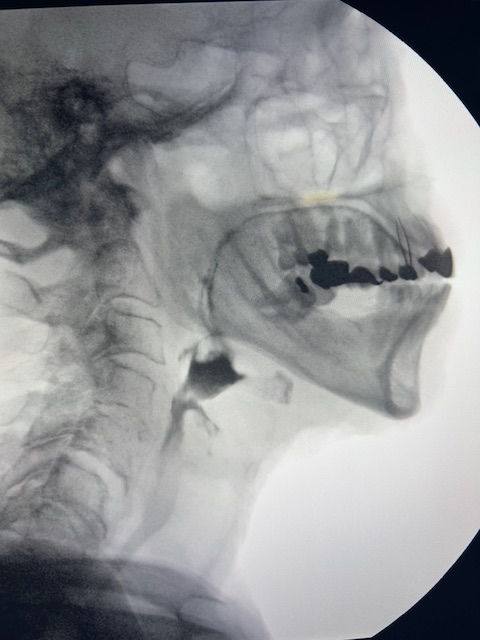Importance of Early Diagnosis with Advanced Diagnostic Procedures for Speech and Swallowing Disorders
- swallowingcontinuu
- Feb 14
- 3 min read
Updated: Feb 17

Speech and swallowing disorders are prevalent yet often overlooked medical conditions. These challenges can substantially impact a person's quality of life, making communication and eating difficult tasks. Fortunately, advancements in diagnostic techniques have greatly improved the ability of healthcare professionals to identify and treat these disorders effectively. This post will explore some of the most effective diagnostic methods available for speech and swallowing disorders.
Detecting speech and swallowing disorders early is crucial for achieving better outcomes. Research indicates that early intervention can reduce the risk of complications and enhance recovery. Diagnosing the underlying cause allows healthcare providers to customize treatment plans tailored to individual needs.
Common Symptoms
Common symptoms associated with speech disorders may involve difficulty pronouncing words, a hoarse or raspy voice, and sudden changes in speech patterns. For swallowing disorders, individuals might experience coughing during meals, a feeling of food being stuck in the throat, or unexplained weight loss. Recognizing these signs can encourage prompt medical evaluation.
Advanced Diagnostic Procedures for Speech, Language and Cognitive Disorders
1. Standardized Speech, Language and Cognitive Assessments
The initial step in diagnosing speech language and cognitive disorders often involves standardized assessments. These tests evaluate several aspects of speech (including pronunciation, fluency, and voice characteristics), Language (verbal expression and word retrieval, auditory comprehension and processing) and cognition (immediate, working, delayed and long term memory as well as attention and problem solving).
2. Acoustic Analysis
Acoustic analysis employs technology to analyze sound waves produced during speech. By measuring voice quality, pitch, and overall sound patterns, clinicians can gather specific insights revealing the nature of a speech disorder. In one study, nearly 70% of patients with voice disorders exhibited measurable irregularities in their acoustic profiles.
3. Laryngeal Imaging
Laryngeal imaging is an essential tool for examining voice issues. Through videostroboscopy, professionals can visualize the vocal cords in motion and identify problems like nodules or vocal cord paralysis. For instance, approximately 20% of individuals seeking voice therapy have identifiable laryngeal abnormalities detected through this imaging technique.
The results from laryngeal imaging significantly influence treatment strategies, which may include voice therapy or surgical options.
Diagnostic Procedures for Swallowing Disorders
1. Clinical Swallowing Evaluation (CSE)
The Clinical Swallowing Evaluation is a non-invasive assessment where a speech-language pathologist (SLP) observes the patient swallowing various food and liquid textures. For instance, during this evaluation, the SLP might note signs of aspiration or food residue in the throat, leading to further examination if needed.
2. Videofluoroscopic Swallowing Study (VFSS)
The Videofluoroscopic Swallowing Study, or modified barium swallow, provides real-time imaging of the swallowing process. Patients eat barium-coated food while X-ray images are taken, showing how food transitions from the mouth to the throat and esophagus. This method is effective, as it can identify up to 90% of swallowing disorders accurately.
3. Fiberoptic Endoscopic Evaluation of Swallowing (FEES)
FEES uses a thin, flexible tube with a camera to visualize swallowing. This technique helps healthcare providers assess the anatomy involved in swallowing and observe its function directly, without subjecting patients to radiation, offering a safe and effective diagnostic option.
Integrated Care and Treatment
Diagnostic procedures are crucial in crafting individualized treatment plans for speech and swallowing disorders. Once a diagnosis is confirmed, an interdisciplinary team—comprising speech-language pathologists, otolaryngologists, and gastroenterologists—can collaborate to deliver comprehensive care.
Moving Forward with Confidence
Speech and swallowing disorders, while common, can be accurately diagnosed and effectively managed with modern diagnostic techniques. Understanding the various assessment methods allows healthcare professionals to identify the underlying issues and create personalized treatment plans. Early intervention is vital in alleviating these disorders, leading to better patient outcomes and improved quality of life.
By embracing advanced diagnostic procedures, we take significant steps toward unraveling these complex conditions and delivering compassionate, effective care.


Comentários